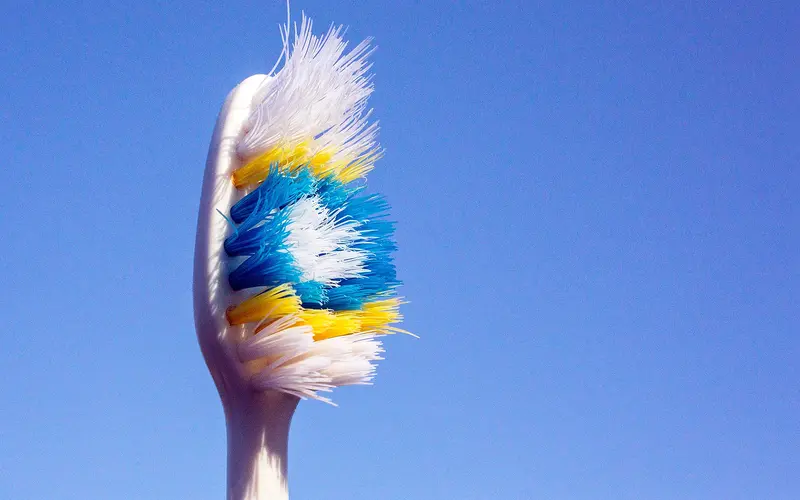The Microbial World of Your Toothbrush
Thursday, 2025/10/23223 words3 minutes2666 reads
Your toothbrush harbors a complex microbial ecosystem, teeming with millions of bacteria, fungi, and viruses. This miniature biome originates from three primary sources: the oral cavity, skin microbiota, and the ambient environment. While the majority of these microorganisms are benign or even beneficial, some pose potential health risks.
The bathroom milieu, characterized by high humidity and proximity to toilets, exacerbates the risk of microbial contamination. The 'toilet plume' effect, where aerosolized particles containing fecal matter are dispersed during flushing, can introduce pathogenic bacteria like E. coli and Klebsiella pneumoniae to toothbrushes.
Recent research has identified antibiotic-resistant genes in some toothbrush-dwelling bacteria, raising concerns about the potential for these brushes to serve as reservoirs for antimicrobial resistance. However, the prevalence and clinical significance of this phenomenon remain subjects of ongoing investigation.
To mitigate microbial colonization:
1. Allow thorough air-drying post-use
2. Store toothbrushes away from toilets
3. Avoid sharing or cross-contamination
4. Replace brushes quarterly
5. Consider antimicrobial cleaning solutions
Emerging research is exploring probiotic toothpastes designed to cultivate beneficial oral bacteria like Streptococcus salivarius and Limosilactobacillus reuteri. These innovations aim to transform toothbrushes from potential vectors of risk into tools for promoting oral health through microbiome modulation.
Maintaining proper toothbrush hygiene is crucial for oral health and may have broader implications for overall well-being, given the intricate connections between oral and systemic health.
